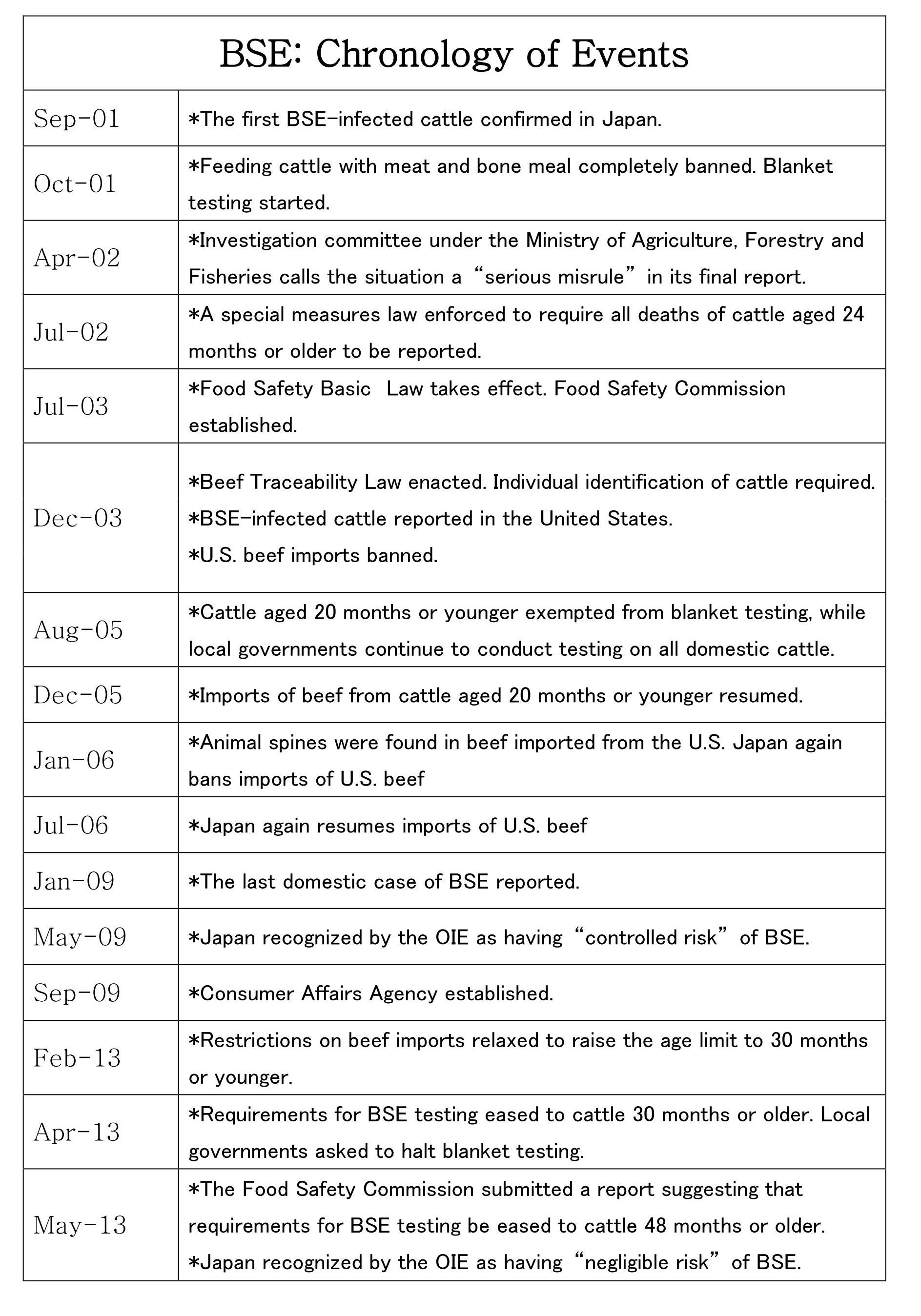The World Organization for Animal Health on Tuesday, May 28 (Wednesday, May 29, Japan time), recognized Japan as having “negligible risk” of BSE, bovine spongiform encephalopathy, which means Japanese beef is classified into the safest category with regard to the disease. The organization’s decision came as the Japanese government and industry made thoroughgoing efforts in implementing safety measures and regulating cattle feed. The Ministry of Agriculture, Forestry and Fisheries plans to appeal the safety of Japanese beef at home and abroad, and the recognition will give Japan a rationale to ask the countries which have banned imports of Japanese-raised beef to drop their embargo.
Agricultural minister Yoshimasa Hayashi expressed hope the same day that such step-by-step efforts will lead to expansion of Japanese exports as a whole.
In its export strategy which sets value targets for each type of product for each country, the ministry plans to increase the export value of beef by five times from 2012 to 25 billion yen by 2020. Japan’s beef exports marked a record high in 2012, but the Japanese government hopes to expand them further by negotiating on quarantine requirements needed to resume exports to countries which currently ban imports of Japanese beef, including Russia and Southeast Asian nations such as the Philippines.
Concerning BSE, local governments conduct blanket testing under their own standards in addition to inspections required by the national government. Meanwhile, the Health, Labor and Welfare Ministry decided to raise the age limit for BSE test exemptions to 48 months from July 1, and in line with this decision, requested that local governments halt blanket testing. According to the ministry’s survey, more than 90 percent of prefectures and government-designated municipalities with meat processing plants said they plan to stop blanket testing. The ministry will ask the local governments which have not yet made the decision to follow suit, so that the testing will be stopped unanimously nationwide.
Responding to demands from member nations, the OIE introduced the three-category assessment system for BSE risks to classify countries under “negligible risk,” “controlled risk” and “undetermined risk” statuses. A country eligible for the negligible risk category is required to see no BSE breakouts from domestically-born cattle over the past 11 years.
The first case of mad cow disease in Japan was confirmed in September 2001. The Japanese government took safety measures such as prohibiting the use of feeds and fertilizers made from meat and bone meal, requiring such feeds and fertilizers to be incinerated and introducing traceability to trace the history of products from production to distribution. Producers also followed the measures strictly. Out of 36 cases of BSE-infected cattle confirmed in Japan so far, the youngest was born in January 2002, which is more than 11 years ago.
(May 30, 2013)


